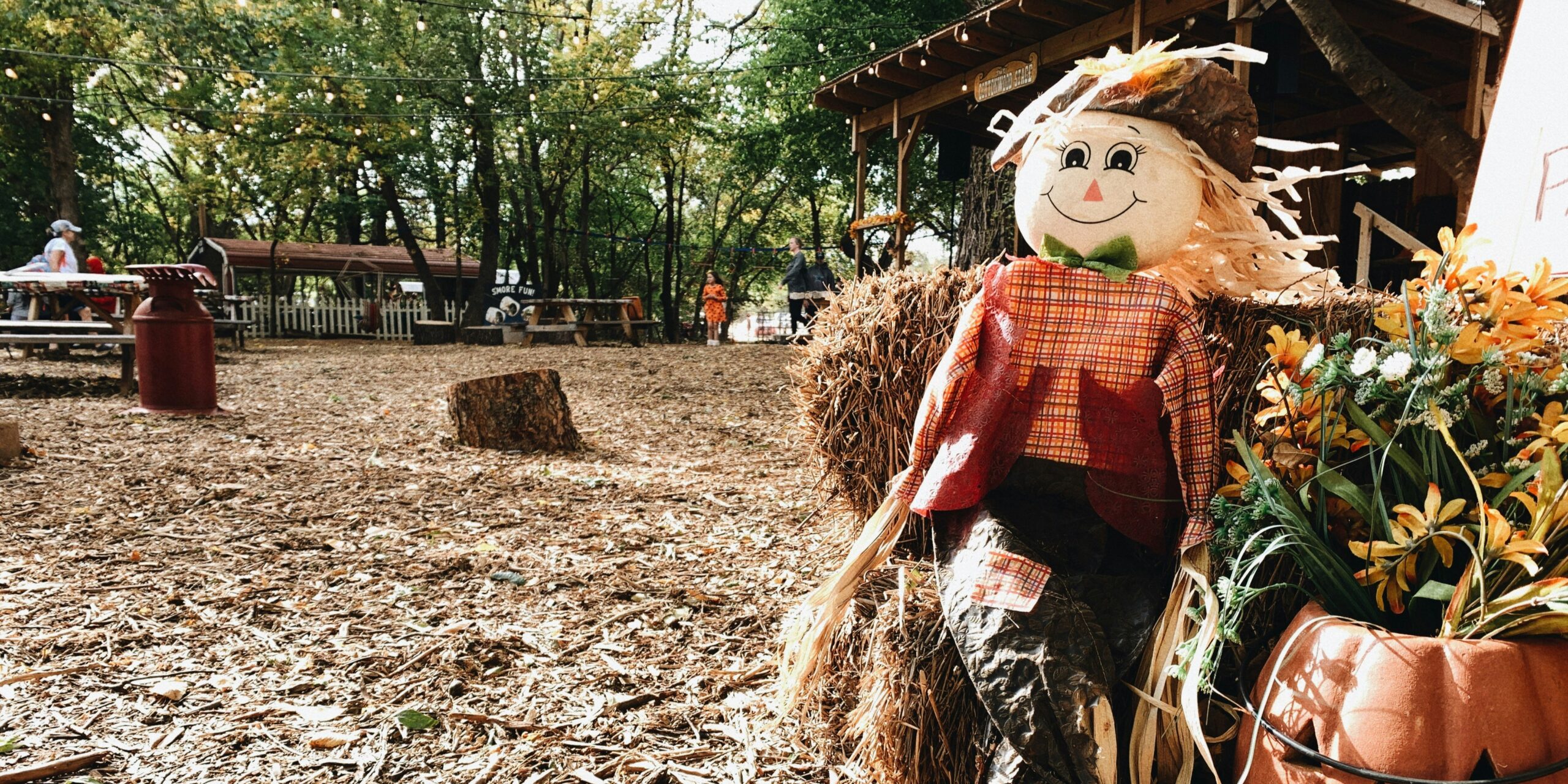California is renowned for its cultural diversity, which has shaped the state’s identity and enriched its social fabric. As a melting pot of traditions and communities, California’s diverse population brings together a wide array of customs, languages, and cultural practices. Let’s explore the cultural diversity in California, its impact on the state, and how different communities contribute to this vibrant mosaic.
What Makes California a Melting Pot?
California’s status as a melting pot can be attributed to its long history of immigration and settlement from various parts of the world. From the Gold Rush era to modern times, people from different countries and backgrounds have flocked to California, each bringing their unique cultural heritage. This continuous influx of diverse populations has made California one of the most multicultural states in the United States.
The state’s welcoming attitude towards immigrants and its economic opportunities have also played a crucial role in attracting people from all walks of life. Major cities like Los Angeles, San Francisco, and San Diego are particularly known for their cultural diversity, hosting large communities of people from Asia, Latin America, Europe, and Africa.
How Does Cultural Diversity Impact California?
Cultural diversity has a profound impact on various aspects of life in California. One of the most visible effects is the state’s rich cultural landscape, reflected in its festivals, cuisine, arts, and languages.
- Festivals and Celebrations: California is home to numerous cultural festivals that celebrate the traditions of its diverse communities. Events like the Chinese New Year Parade in San Francisco, Día de los Muertos in Los Angeles, and the San Diego Filipino Film Festival showcase the state’s cultural richness and offer opportunities for people to experience different cultures.
- Culinary Diversity: The state’s culinary scene is a testament to its cultural diversity. From Mexican taquerias and Chinese dim sum houses to Indian curry restaurants and Ethiopian cafes, California’s food offerings reflect the flavors of the world. Farmers’ markets and food festivals further highlight this diversity, offering a wide range of international cuisines.
- Art and Music: California’s arts scene is heavily influenced by its cultural diversity. The state boasts numerous museums, galleries, and theaters that feature works from diverse cultures. Music festivals like Coachella and Outside Lands also showcase a variety of genres, attracting artists and audiences from around the globe.
- Languages: In California, it’s common to hear multiple languages spoken in public spaces. Spanish, Chinese, Tagalog, Vietnamese, and Korean are just a few of the many languages spoken by the state’s residents. This linguistic diversity enriches the cultural experience and promotes cross-cultural understanding.
What Are Some Key Cultural Communities in California?
California is home to several key cultural communities, each contributing to the state’s diverse tapestry. Here are a few notable ones:
- Hispanic and Latino Communities: Hispanics and Latinos make up a significant portion of California’s population. This community’s influence is seen in the state’s language, cuisine, music, and festivals. Cities like Los Angeles and San Diego have vibrant Latino neighborhoods, where traditions like mariachi music, salsa dancing, and authentic Mexican cuisine thrive.
- Asian Communities: California has one of the largest Asian populations in the United States. Chinese, Filipino, Japanese, Korean, and Vietnamese communities are well-established in cities like San Francisco, Los Angeles, and San Jose. These communities bring their cultural practices, festivals, and culinary traditions, enriching the state’s cultural landscape.
- African American Communities: African Americans have a long and significant history in California, particularly in cities like Oakland, Los Angeles, and Sacramento. The community’s contributions to music, arts, and social justice movements are deeply embedded in the state’s culture.
- Native American Communities: California is home to many Native American tribes, each with its own unique traditions and history. These communities play a vital role in preserving and promoting their cultural heritage through festivals, arts, and educational programs.
- Middle Eastern Communities: Middle Eastern immigrants, including those from Iran, Lebanon, and Armenia, have established vibrant communities in California. Their cultural contributions are evident in the state’s cuisine, music, and festivals.
How Does California Promote Cultural Diversity?
California actively promotes cultural diversity through various initiatives and policies. The state’s commitment to inclusivity and multiculturalism is reflected in its education system, public policies, and community programs.
- Educational Programs: California’s schools and universities offer programs that celebrate and teach cultural diversity. Ethnic studies courses, multicultural events, and language programs help students understand and appreciate different cultures.
- Public Policies: The state government implements policies that support immigrant communities and promote diversity. This includes language access services, anti-discrimination laws, and support for cultural heritage preservation.
- Community Programs: Numerous community organizations and non-profits work to promote cultural diversity and support immigrant communities. These groups provide services such as language classes, cultural events, and legal assistance, helping to integrate newcomers into the fabric of California society.
What Challenges Does Cultural Diversity Present?
While cultural diversity brings many benefits, it also presents challenges. These include issues related to integration, cultural preservation, and social cohesion. Addressing these challenges requires ongoing efforts to promote understanding, reduce discrimination, and ensure equal opportunities for all residents.
- Integration: Helping newcomers integrate into the broader society while preserving their cultural identity is a delicate balance. Programs that promote language learning, education, and employment opportunities are crucial for successful integration.
- Cultural Preservation: As communities integrate, there’s a risk of losing cultural traditions. Efforts to document and celebrate cultural practices through festivals, museums, and educational programs are essential for preserving cultural heritage.
- Social Cohesion: Promoting social cohesion in a diverse society involves addressing issues of discrimination and inequality. Building inclusive communities where people from different backgrounds can live and work together harmoniously is an ongoing effort.
Conclusion
Cultural diversity in California is a source of strength and pride for the state. The rich tapestry of traditions and communities contributes to the vibrant cultural landscape, making California a unique and dynamic place to live. By celebrating and promoting cultural diversity, California continues to set an example of inclusivity and multiculturalism for the rest of the world.




